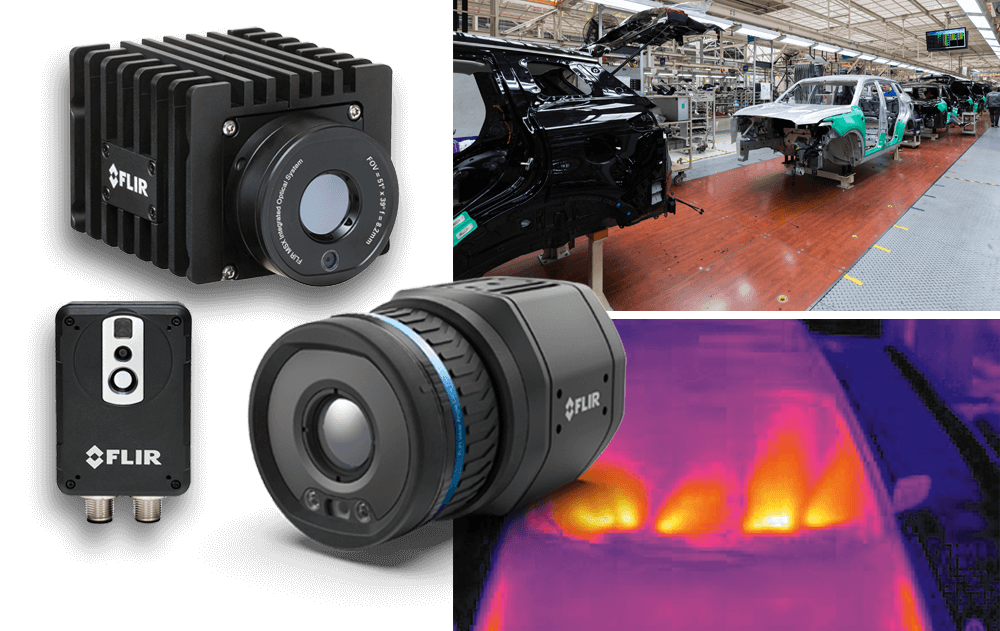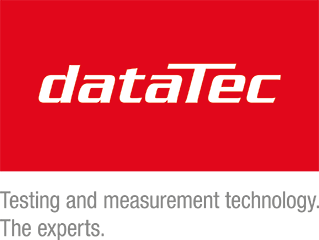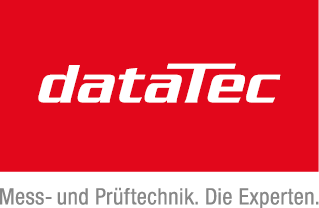#statusMessage#
Do you want to start the compare now?
#statusMessage#
Do you want to start the compare now?

With the increasing importance of renewable energies in the wake of climate change, solar energy is moving further into ...

The complexity of military radios and the often harsh weather conditions have a negative impact on the reliability of ra...

Automation with thermal imaging technology has proven to be a reliable solution for quality control in various industrie...

In diesem exklusiven Whitepaper erfahren Sie, wie Sie mit der richtigen Messtechnik arbeiten: ✔ Sie realisieren ein Test...
Manufacturer number: N2796A
On Request
The Keysight (formerly Agilent's electronic measurement technology) N2796A belongs to a generation of high-quality but nevertheless inexpensive, active probes with a bandwidth of 2 GHz and the AutoProbe interface. This probe is ideally suited for high-speed applications, especially in the design of digital systems and circuits, verification and characterization of components, in development and for the training area.
This probe is characterized by a very low input capacitance of 1 pF and an input resistance of 1 MΩ, which means a very low load for the object to be tested. This, in conjunction with the exceptional accuracy, makes this probe an indispensable aid when measuring today's digital circuits. The wide dynamic input voltage range of ± 8 V and an associated offset range of also ± 12 V make it suitable for most applications. The probe is ideally suited for high-precision measurements in connection with the Infiniium and InfiniiVision oscilloscopes with a bandwidth of 1 GHz. The probe can also be used with the 9000 and 90000 series oscilloscopes with a bandwidth of 2.5 GHz as an inexpensive alternative to the active probes 1156A - 1158A of the InfiniiMax series. In addition, the probe has an illuminated white LED to illuminate the nearby test field.
The probe is supplied with the operating voltage via the AutoProbe interface directly by the InfiniiVision or Infiniium oscilloscopes. There is a whole range of accessories for the DUT (device under test) to be easily contacted by the probe.


